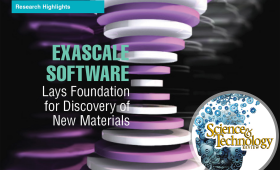The Center for Non-Perturbative Studies of Functional Materials under Non-Equilibrium Conditions advances high-performance computing software to support novel materials discovery.
Science and Technology
in the News
Science and Technology
in the News
News Center
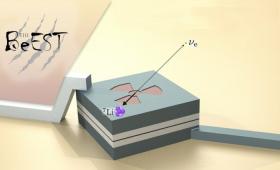
A research team has demonstrated the power of using nuclear decay in high-rate quantum sensors in the search for sterile neutrinos.
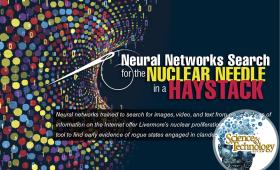
Livermore researchers develop a system to help analysts find evidence of nuclear weapons proliferation using open-source information.
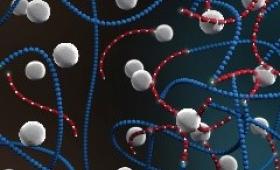
A report of the synthesis and characterization of a series of model silicone networks modified with a specific class of silicone-resin known as MQ-resin.
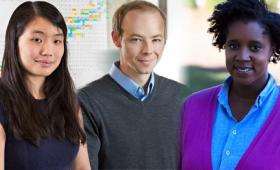
Three Livermore postdoctoral appointees have been selected to attend the 70th annual Lindau Nobel Laureate meeting in Germany.
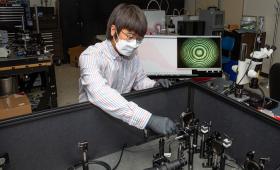
Livermore scientists have developed a high-precision interferometer system to measure the pressure dependence of the refractive index in diamond anvil cells.
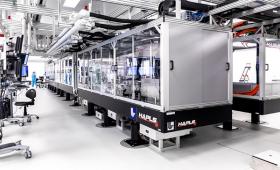
The L3-HAPLS, the world’s highest-average-power petawatt laser system designed and built by Livermore, reached a major milestone during a recent demonstration at ELI Beamlines Research Center.
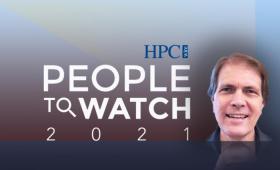
Bronis R. de Supinski, chief technology officer for Livermore Computing, is one of the top influencers in the high performance computing industry for 2021, according to HPCwire.
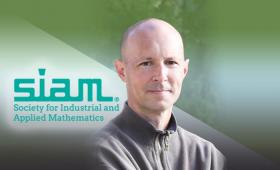
The Society for Industrial and Applied Mathematics has selected computational mathematician Rob Falgout as an esteemed member of its 2021 Class of SIAM Fellows.

The neutron energy output from a nuclear device detonation can affect the deflection of an asteroid.


